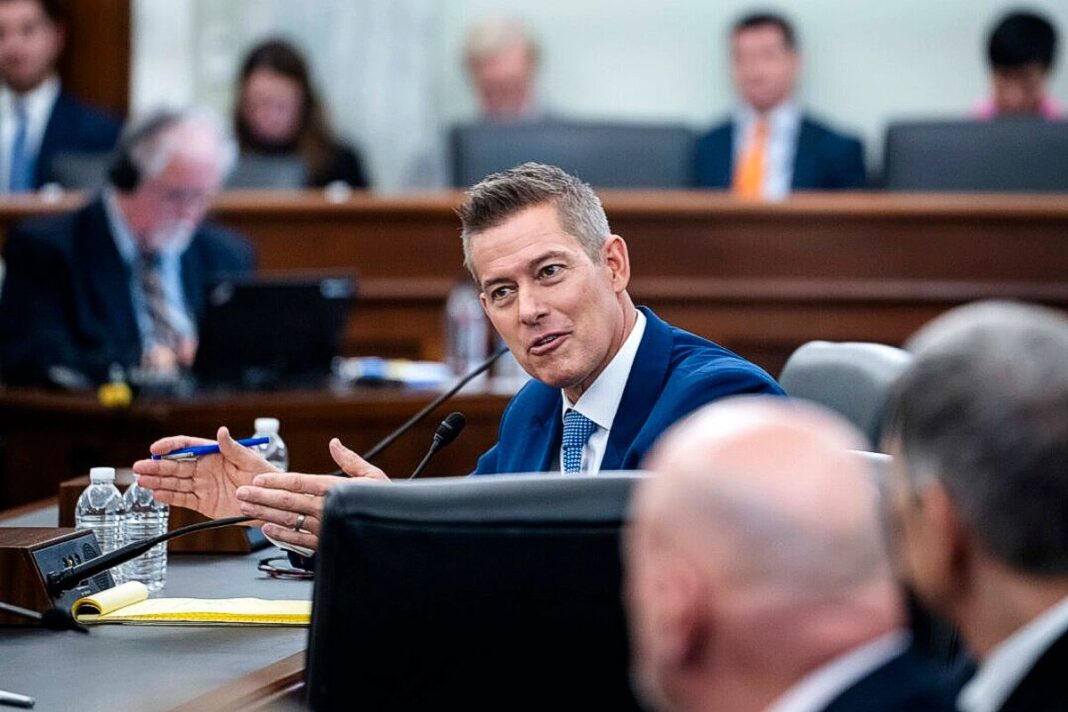Supporters say the 64-year-old agency is vital. Critics claim it is off mission, unaccountable, and poorly managed.
The U.S. Agency for International Development (USAID) was a little-noticed federal agency until it suddenly became the object of a fierce political battle over the limits of presidential power and the accountability of government bureaucracies.
When the Trump administration closed the agency’s offices on Feb. 3 and later placed most employees on administrative leave, USAID took center stage in a drama unfolding at both ends of Pennsylvania Avenue.
On one side is the Trump administration’s ongoing effort to make all parts of the executive branch comply with the president’s agenda. On the other side are congressional Democrats, who are warning that the action is a dangerous abuse of executive power and are vowing to fight it.
Meanwhile, many observers fear that USAID’s true purpose—to advance U.S. interests through the use of soft power—may be overlooked.
On Feb. 3, President Donald Trump appointed Secretary of State Marco Rubio as acting director of USAID. The next day, the president indicated that the agency may be shuttered and its functions permanently transferred to the State Department.
Here is why critics want to abolish or reform the agency, supporters want to save it, and what may happen next.
Influence as Power
USAID was established by an executive order of President John F. Kennedy in 1961 to advance U.S. foreign policy by offering developing nations technical assistance, help with education and health care, and disaster relief.
The idea was that turning poor countries into stable world citizens would benefit U.S. citizens, too. A stable, prosperous nation makes a good ally, the theory went.
Champions of USAID continue to see it as both an essential tool for foreign policy and a tangible expression of the goodness and generosity of the U.S. people.
Most observers agree that the agency does some good. Relatively small by Washington’s standards, USAID employs about 10,000 people and controls an annual budget of about $50 billion.
In 2023, USAID poured $10.5 billion into humanitarian aid and $10.5 billion into health programs in countries around the world, according to the Congressional Research Service.
One program that is often touted as a shining success story is the U.S. President’s Emergency Plan for AIDS Relief, a USAID program that has provided more than $110 billion for controlling the spread of HIV/AIDS in more than 50 countries.






